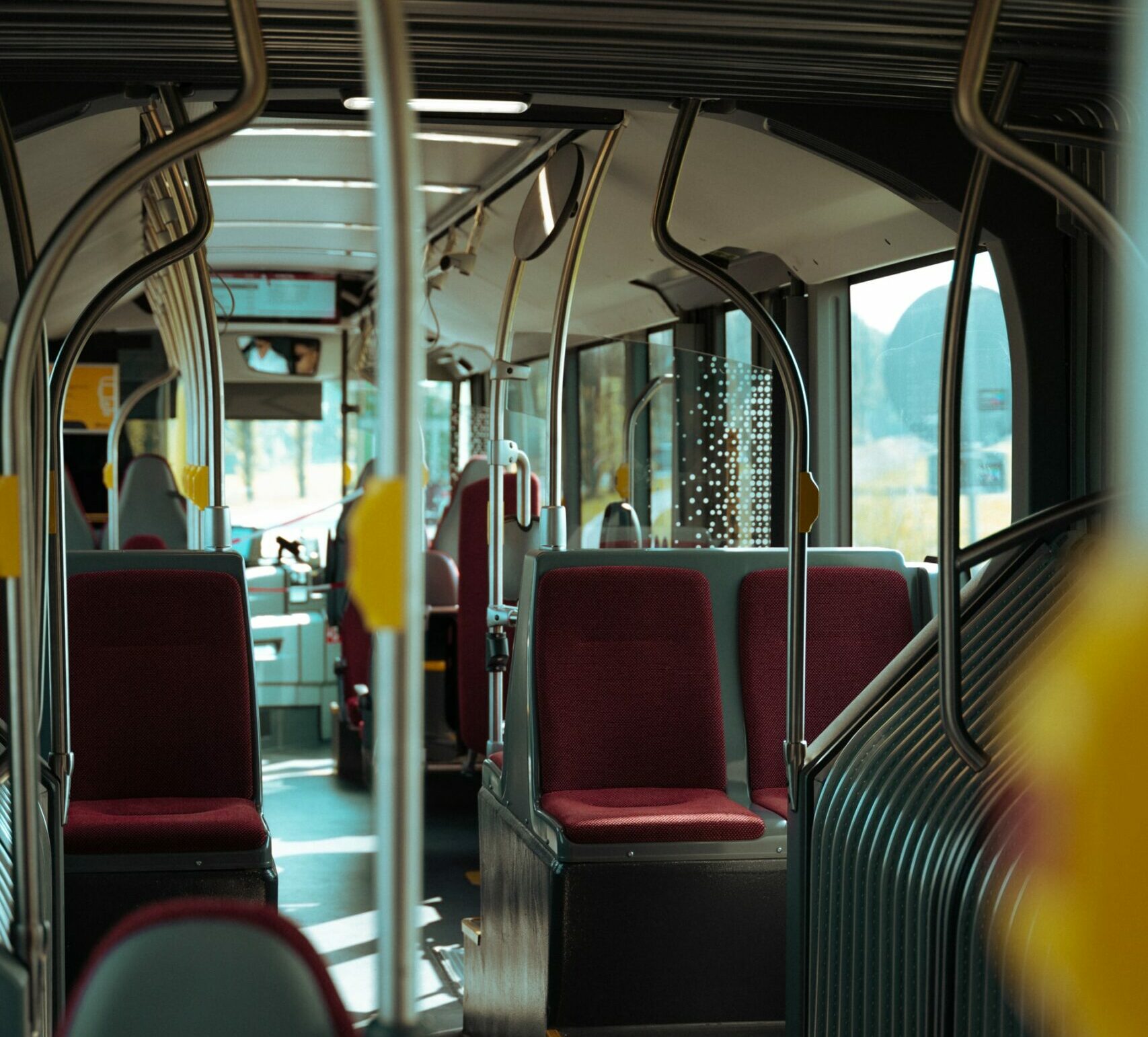Transport: how is the PNRR going and what the Nadef says

Marco Foti's speech
The resigning government, with Legislative Decree 144/2022, defined urgent measures to support the economy. Including the transport sector, in all its components, through the refinancing of the fund intended for the recognition of a contribution for the cost increase incurred in the third quarter of 2022, compared to 2021, for the purchase of fuel for public transport local and regional by road, lake, sea or rail.
The DL, it must be said, also allocates new resources for the road transport sector aimed at mitigating the exceptional increase in fuel prices. Measures that are currently necessary for the survival of transport companies and companies, public and private, which provide LPT services.
The PNRR could intervene on these aspects by modifying the initial settings which include investments to make mobility more sustainable with the diffusion of hydrogen in rail and road transport. The Plan, which allocates 530 million euros for the experimentation of the use of hydrogen in rail transport, locally and regionally, and in road transport, for heavy vehicles, with the sharing of the European Union can undertake the "road "Of the remodeling.
Also because the transformation of regional or local services, which are currently carried out with diesel trains, is not foreseen in the very short term and, moreover, the (ten) hydrogen refueling stations will have to be completed by 30 June 2026 and the he allocation of resources for their realization must take place by March 31, 2023, or tomorrow.
This is only one of the problems that are highlighted in the policy of managing the actions of the PNRR. It is the same Note that reports great concern for "the amount of resources actually spent on PNRR projects which during this year will be lower than the projections presented in the DEF for the delayed start of some projects".
Projects that in most cases require the involvement of Local Authorities which, as is well known, make a lot of effort to initiate and complete the actions envisaged by the PNRR. On the latter front, the outgoing government, for example, intervened to increase the funds destined to offset the higher costs, both for the works in progress and for those of the Plan.
But this is not enough as the most recent estimates indicate that, of the 191.5 billion euros that the European Recovery and Resilience Facility has allocated to Italy, about 21 billion will actually be spent by the end of this year.
As anticipated, there are significant delays in relation to the remaining expenditure which just amounts to approximately 170 billion euros, which must be spent over the next 40 months.
An impressive commitment of resources, which this government bequeaths to the next executive, whose investments unfortunately are not characterized by the same level of priority and for which the administrations have presented projects of non-priority importance with the sole objective of achieving the planned expenditure.
These criticalities are common to all the actions of the PNRR planned up to 2026 and the Plan may be modified in relation to the current conditions and the objectives to be achieved in the short term.
This is a machine translation from Italian language of a post published on Start Magazine at the URL https://www.startmag.it/smartcity/trasporti-pnrr-nadef/ on Mon, 03 Oct 2022 05:15:28 +0000.
